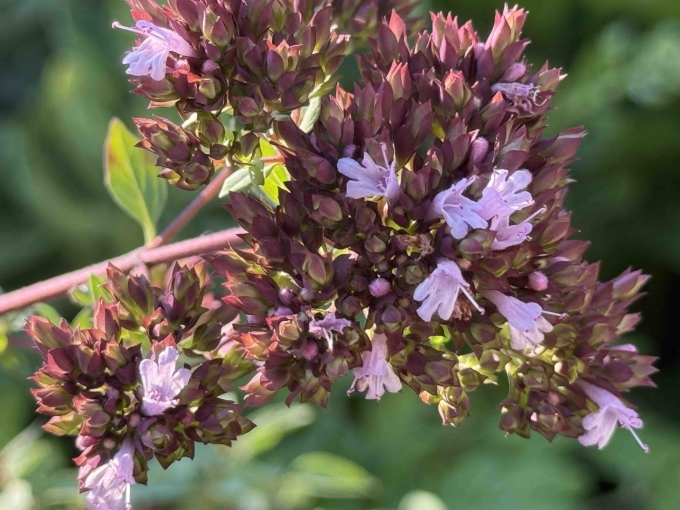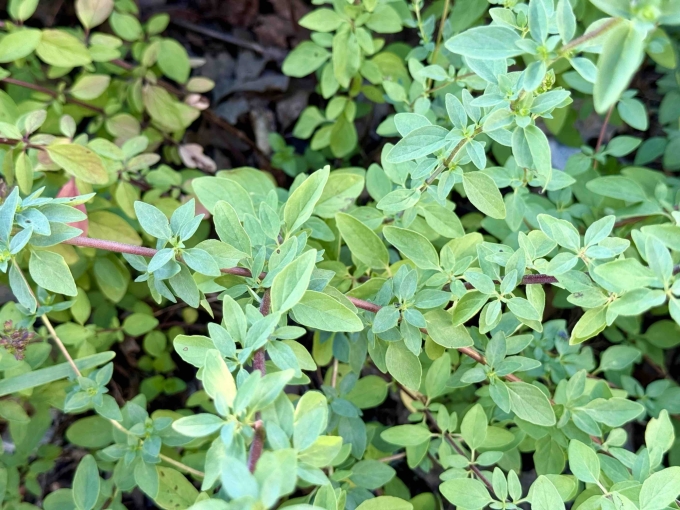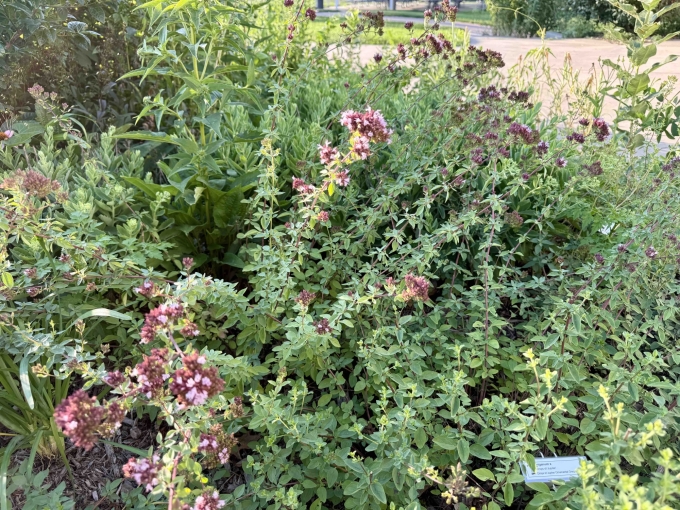Common Name: Drops of Jupiter Ornamental Oregano
Family: Lamiaceae
Plant Type: Herbaceous Perennial
Native Range: Garden hybrid (ornamental selection, not culinary)
Hardiness Zones: 4–9
Height: 1.0 to 2.0 feet
Spread: 1.5 to 2.5 feet
Bloom Time: Midsummer to fall (July–September in Nebraska)
Bloom Description: Loose clusters of small, rosy-purple flowers above golden-chartreuse foliage
Sun Exposure: Full sun
Water Needs: Low to medium
Soil Preference: Well-drained soils; tolerates poor, sandy, or rocky soils
Management Level: Low
Suggested Use: Borders, rock gardens, pollinator gardens, edging, containers
Attracts: Bees, butterflies, and other pollinators
Tolerates: Drought, poor soils, heat, deer, rabbits
Notable Features: Bright golden foliage, airy purple flowers, excellent pollinator plant, highly drought-tolerant
Nebraska Growing Notes:
‘Drops of Jupiter’ is a colorful, drought-tolerant ornamental oregano that performs beautifully in hot, sunny Nebraska gardens. While not intended for culinary use, it offers bright chartreuse foliage that contrasts well with other perennials and provides season-long interest even before flowering begins.
It thrives in well-drained soils and full sun, making it a good choice for xeric or low-maintenance gardens. Once established, it tolerates drought and summer heat extremely well. Like other mints, it is deer- and rabbit-resistant and very attractive to pollinators when in bloom.
Cut back in late winter or early spring to encourage fresh growth. Overly rich or damp soils may cause plants to sprawl or rot, so plant in lean, dry soil if possible.
Landscape Use:
Excellent for edging, rock gardens, xeriscapes, pollinator gardens, and containers. Pairs well with Sedum, Salvia, Nepeta, ornamental grasses, and Echinacea.
Caution:
Non-toxic and wildlife-friendly. Not intended for culinary use despite its oregano heritage. Can spread slightly in ideal conditions but is not invasive.
Garden Locations:
Bed(s) 6, 7, 9



